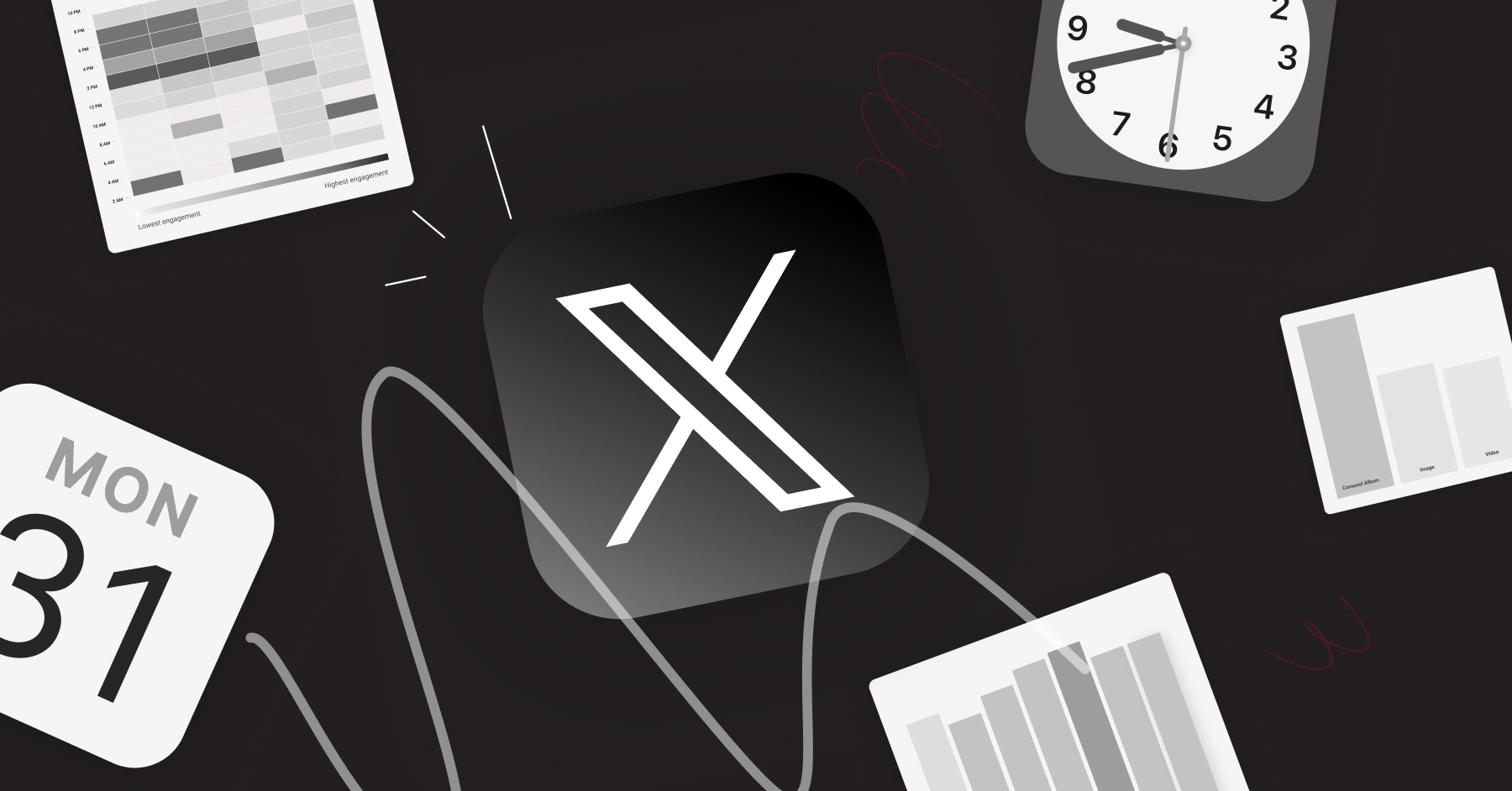Sealed Lead Acid (SLA) Battery Market: Trends, Growth, and Future Outlook
Data Bridge Market Research analyses that the sealed lead acid battery market would exhibit a CAGR of 7.20% for the forecast period and is expected to reach USD 549.42 million by the year 2029.

Introduction
The Sealed Lead Acid (SLA) Battery Market is witnessing steady growth due to the increasing demand for reliable, cost-effective, and maintenance-free energy storage solutions. SLA batteries are widely used in automotive, industrial, medical, UPS (Uninterruptible Power Supply) systems, telecommunications, and renewable energy storage applications. With advancements in battery technology and the shift toward energy-efficient and eco-friendly power sources, the SLA battery market is expected to experience continued expansion in the coming years.
Source: https://www.databridgemarketresearch.com/reports/global-sealed-lead-acid-battery-market
Market Overview
Market Size and Growth Trends
-
The global SLA battery market is projected to grow at a CAGR of 4-6% over the next decade.
-
Increasing demand for backup power solutions in data centers, telecom, and healthcare is driving market growth.
-
SLA batteries are preferred due to their low cost, durability, and ability to provide high power output.
-
Growth in electric mobility and renewable energy storage applications is further boosting demand.
Key Market Drivers
1. Growing Demand for Uninterruptible Power Supply (UPS) Systems
-
SLA batteries are extensively used in UPS systems for data centers, hospitals, and industrial facilities.
-
The rise in cloud computing and digitization is fueling demand for reliable backup power solutions.
2. Expansion of Renewable Energy Storage Solutions
-
SLA batteries support solar and wind energy storage, providing backup power during outages.
-
Governments are promoting energy storage incentives to improve grid stability.
3. Increasing Use in Automotive and Electric Vehicles (EVs)
-
SLA batteries are used in starter batteries for conventional vehicles and auxiliary power units in electric vehicles.
-
Growth in the electric mobility sector is driving innovation in lead-acid battery technology.
4. Rising Demand from the Telecommunications Sector
-
SLA batteries power telecom towers and remote communication systems, ensuring uninterrupted service.
-
5G infrastructure expansion is increasing reliance on backup battery storage.
5. Cost-Effectiveness and Reliability
-
SLA batteries are cheaper than lithium-ion batteries, making them a preferred choice in budget-conscious applications.
-
They offer long cycle life and high performance in harsh environments.
Market Segmentation
1. By Type
-
Absorbent Glass Mat (AGM) Batteries – Used in high-performance and deep-cycle applications.
-
Gel Batteries – Offer enhanced durability and spill-proof operation, ideal for renewable energy storage and marine applications.
-
Flooded Lead Acid Batteries – Common in automotive and industrial applications.
2. By Application
-
Automotive – Used in conventional and electric vehicle auxiliary power.
-
UPS Systems – Power backup for data centers, healthcare, and industrial automation.
-
Telecommunications – Backup power for mobile towers and remote infrastructure.
-
Renewable Energy Storage – Integrated into solar and wind power systems.
-
Medical Devices – Used in portable and emergency medical equipment.
3. By Region
-
North America – Strong demand for data center UPS systems and automotive batteries.
-
Europe – Growing adoption in renewable energy storage and EV applications.
-
Asia-Pacific – Rapid industrialization and expansion of telecom infrastructure in China and India.
-
Middle East & Africa – Increasing investments in backup power solutions for telecom and energy sectors.
Challenges in the SLA Battery Market
1. Environmental Concerns and Recycling Issues
-
Lead-acid batteries contain toxic materials, requiring strict disposal and recycling regulations.
-
Governments are encouraging sustainable battery recycling initiatives.
2. Competition from Lithium-Ion Batteries
-
Li-ion batteries offer higher energy density and longer lifespan, posing competition to SLA batteries.
-
However, SLA batteries remain cost-effective for applications that do not require high energy density.
3. Supply Chain Disruptions and Lead Price Fluctuations
-
Dependence on lead production and supply chain stability affects pricing.
-
Raw material shortages and geopolitical factors may impact market growth.
Competitive Landscape
Key Players in the SLA Battery Market
-
Exide Technologies – Leading provider of automotive and industrial lead-acid batteries.
-
EnerSys – Specializes in high-performance AGM and gel batteries.
-
GS Yuasa Corporation – Offers automotive and backup power solutions.
-
Clarios (formerly Johnson Controls Power Solutions) – Major supplier of starter batteries for vehicles.
-
East Penn Manufacturing – Focuses on renewable energy storage and industrial applications.
-
C&D Technologies – Provides backup power solutions for telecom and UPS systems.
Future Trends and Opportunities
1. Innovations in Lead-Acid Battery Technology
-
Development of advanced AGM and gel batteries with improved cycle life.
-
Enhanced battery management systems (BMS) for better monitoring and efficiency.
2. Growth in Smart Grid and Renewable Energy Integration
-
SLA batteries will continue to play a role in energy storage for smart grids.
-
Expansion of solar microgrids in developing regions presents new opportunities.
3. Increasing Demand for Hybrid and Electric Vehicles
-
SLA batteries will remain a key component in hybrid vehicle auxiliary power units.
-
Automakers are exploring lead-acid battery advancements to complement EV power systems.
4. Expansion of Battery Recycling Programs
-
Government regulations on battery recycling will drive investments in eco-friendly lead recovery methods.
-
Companies will adopt circular economy strategies for sustainable production.
Conclusion
The Sealed Lead Acid Battery Market continues to thrive due to its cost-effectiveness, reliability, and widespread applications across various industries. Despite challenges from environmental concerns and competition from lithium-ion technology, SLA batteries remain a dominant choice in automotive, UPS, and renewable energy storage. Future growth will be driven by technological advancements, smart energy solutions, and recycling initiatives.
What's Your Reaction?
















.jpg)
.jpg)

